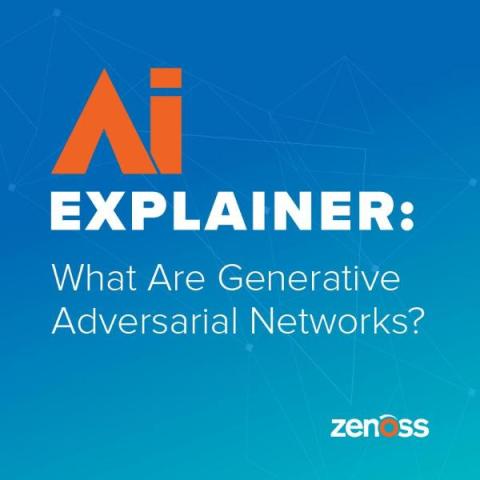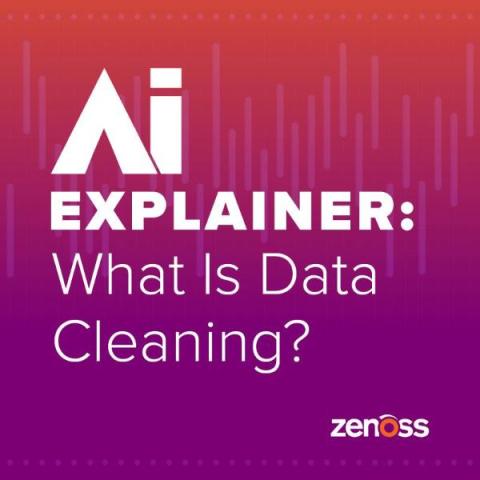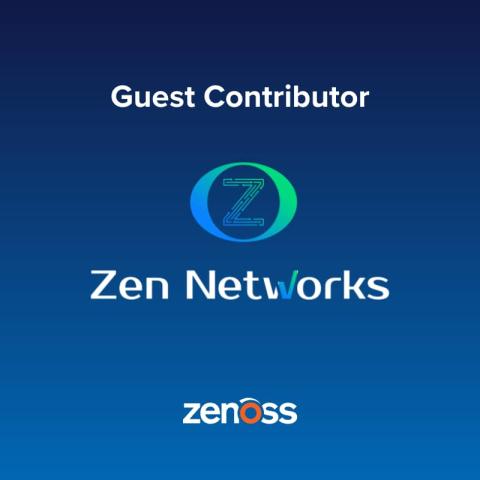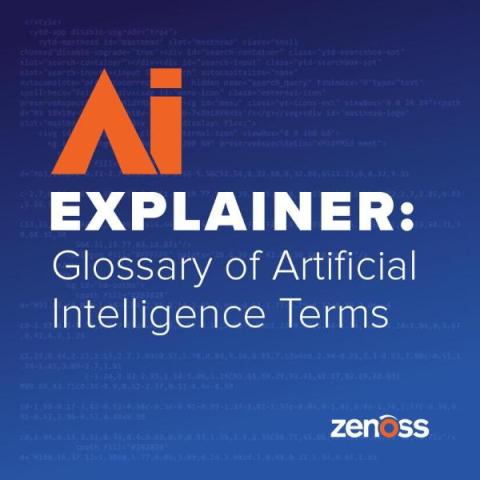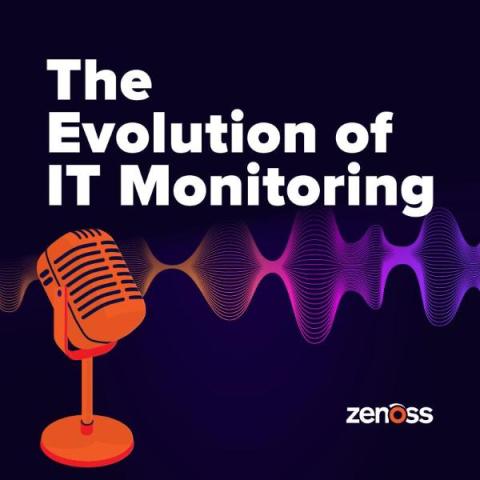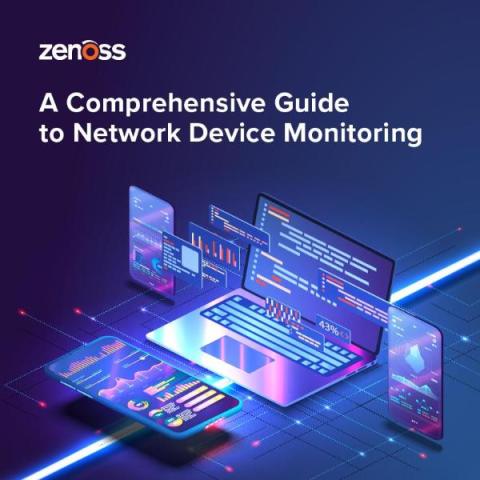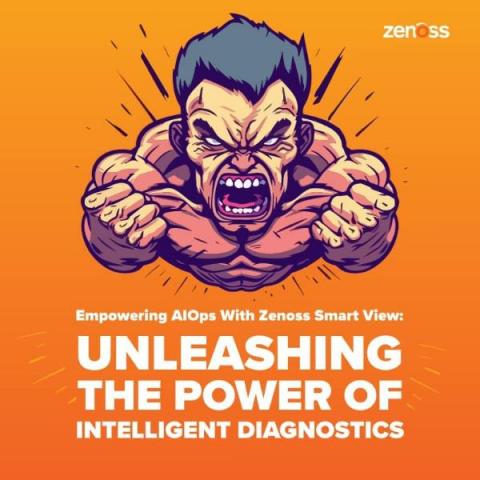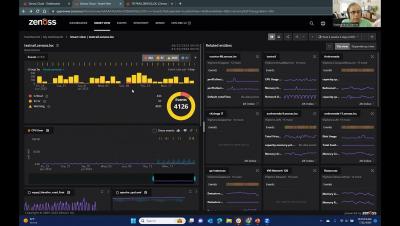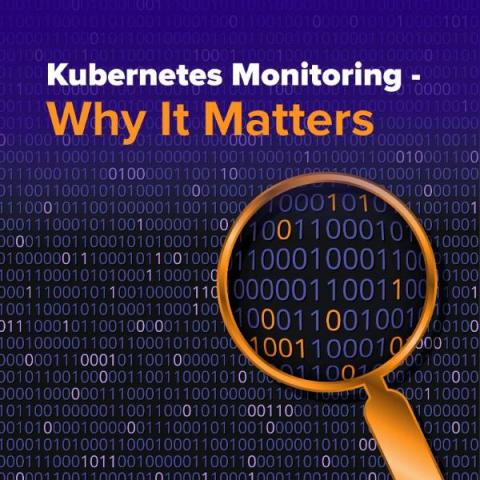AI Explainer: What Are Generative Adversarial Networks?
I previously posted a blog that was a glossary of terms related to artificial intelligence. It included this brief definition of "generative AI": I expect for someone learning about AI, it's frustrating to read definitions of terms that include other terms you may not understand. In this case, generative adversarial networks — GANs — is probably a new term for many. This post will explain what GANs are for that reason — and also because they’re super cool.


